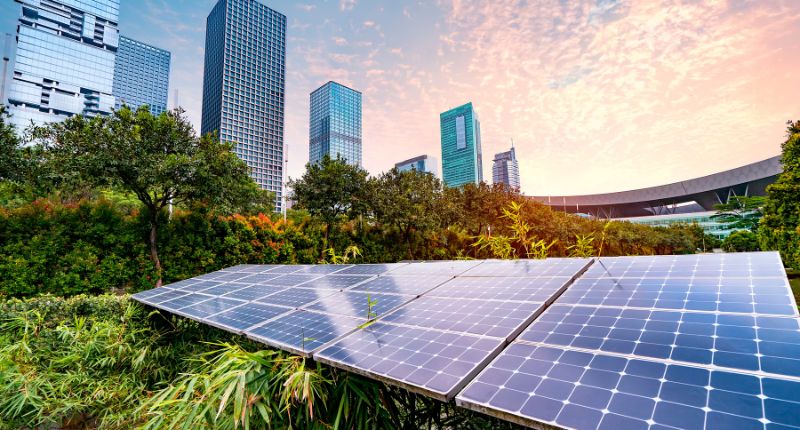
- CEFC invests $75M in sustainable building upgrades for commercial properties.
- MaxCap Group to manage CEFC's investment.
- Retrofitting old buildings crucial for Australia's net-zero emissions goals.
The Clean Energy Finance Corporation (CEFC) has announced a new $75 million investment mandate to finance sustainable building upgrades, using private sector capital.
Old commercial office, retail and hospitality assets set for major upgrades
The mandate will focus on retrofitting commercial offices, hotels, and retail assets, aiming to decarbonise this sizeable portion of the property market.
MaxCap Group will manage the CEFC investment. The group will originate, execute, and manage a real estate loan portfolio that strives to draw more institutional investment into the sustainable refit of commercial real estate.
The investment mandate will offer senior debt financing for building owners looking to make their low-rated commercial office, retail, and hospitality assets more sustainable with improvements that lower operational emissions by at least 30%.
Setting sights on Adelaide CBD
A $35 million commitment has been made to overhaul a 26-storey office building at 30 Pirie Street. For this initial loan, MaxCap is co-investing $35 million via the MaxCap Investment Trust (MIT).
“It is essential that we make our commercial properties fit for a net zero emissions future in the race to decarbonise. Commercial buildings in urban centres, suburbs and regional towns across Australia account for around half of the nation’s building stock and many have never undergone energy efficiency upgrades,” said CEFC head of property, Michael Di Russo.
“Refurbishments like 30 Pirie Street in Adelaide’s Central Business District (CBD) demonstrate to commercial property owners that relatively straightforward energy efficiency and renewable energy initiatives can deliver value for building owners and tenants alike and achieve broader scale change that can help meet ambitious sustainability goals across Australia’s commercial property sector.
“It’s great to be working with MaxCap to drive change and make our workplaces more sustainable as we work towards our national net zero goals.”
Quintessential, which purchased the building in late 2022, will aim to achieve a five-star NABERS Building Energy Rating by revamping building management systems and controls, installing solar panels and a new energy monitor, a comprehensive tuning program, and switching lighting to LED technology.
“With a CAPEX budget of $30 million we will undertake significant works that will enliven and regenerate the building, bringing it back to prime A-grade standard in heart of the Adelaide CBD. The extensive refurbishments will considerably enhance the usability and enjoyability of the building for the current and future tenants,” said Quintessential head of existing assets, Noah Warren.
“A number of energy efficiency measures will be implemented, and the asset is targeting to achieve a significant reduction in base building energy usage, which will be a massive boost to the ESG offering of the building.”
Greening old buildings a top priority
Refurbishing old buildings has been a foremost objective for achieving net-zero emissions targets. According to the International Energy Agency, retrofitting 20% of the current building stock by 2030 to net-zero levels will involve a yearly deep renovation rate of more than 2% from now to 2030 and beyond.
Much of our emissions come from the built environment, with buildings accounting for around half of Australia’s electricity use. Furthermore, just over half of Australia’s offices have a current NABERS rating, which shows that Australia still has a long way to go in improving its carbon footprint.
Indeed, many of the secondary commercial buildings nationwide, representing about half of Australia’s buildings, have not received energy efficiency upgrades, offering substantial potential for further advancements in energy efficiency.







